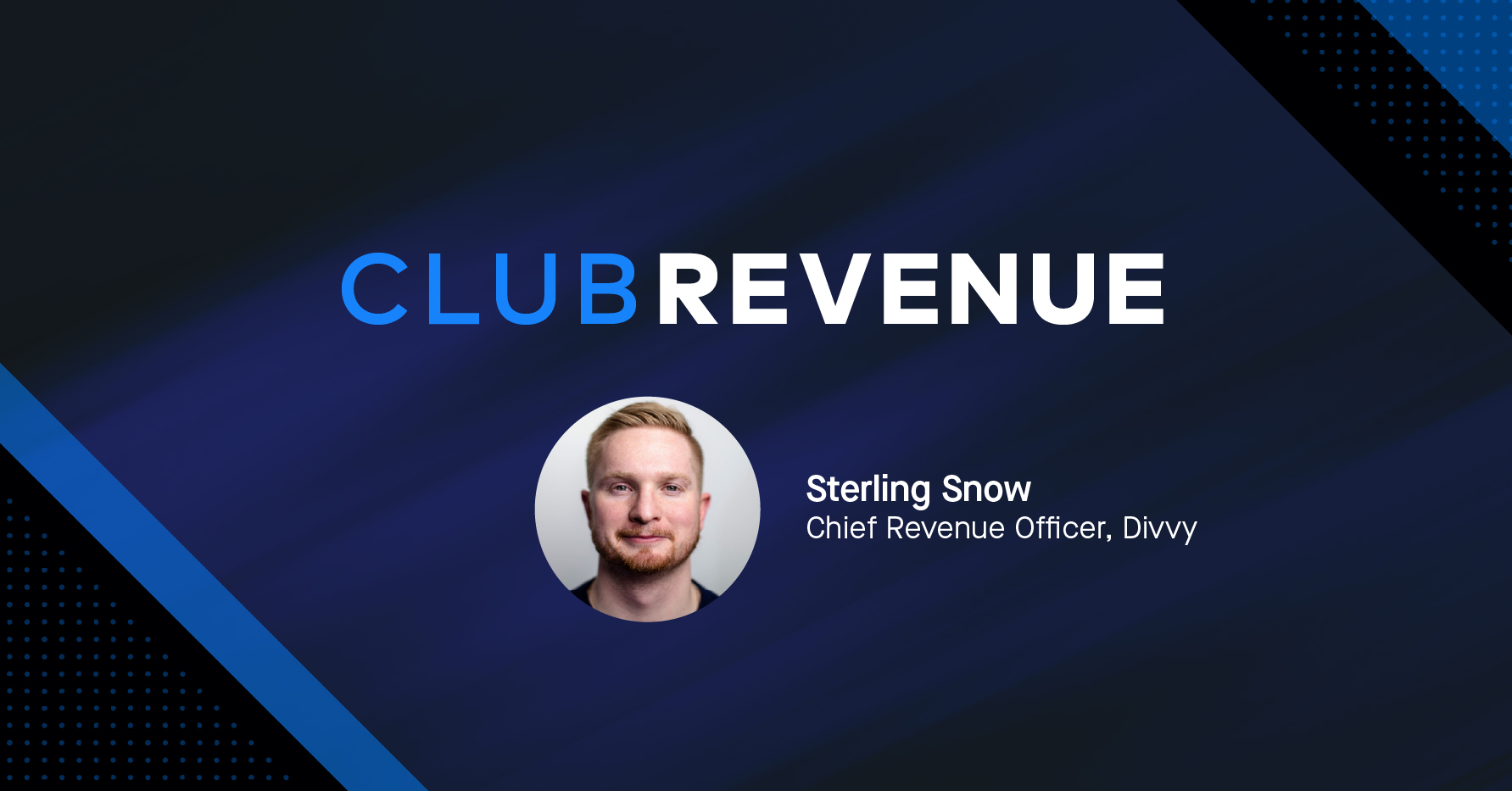One of the classic challenges of any company’s go-to-market process is managing the quality of the handoff from one revenue team to another. This type of departmental alignment can maximize revenue, but is also difficult to organize well. Not getting it right damages trust and puts teams at odds with each other.
For example:
- What type of leads is the marketing team generating for the sales team, measured in terms of deal size and closing rates?
- Before passing on a new customer to the customer success team, do sales reps set clear expectations around the product and services in a way that maximizes lifetime value?
Historically, these indicators have been difficult to measure. At Divvy—recently acquired by Bill.com—CRO Sterling Snow found that having a revenue operations function has provided a whole new level of quality assurance, which drives communication, closed deals, retention, and ultimately, revenue.
I spoke with Snow about what he does to ensure and incentivize higher quality handoffs on our latest episode of Clari’s Club Revenue, brought to you by Nasdaq. Watch the episode, and read on for more insight.
1. Ensure one person remains accountable for all revenue operations
As CRO of Divvy, Snow is responsible for an end-to-end revenue process that includes marketing, sales, customer success, customer support, and revenue operations.
At the end of the day, he’s the sole person accountable for process quality across the entire go-to-market engine, and that includes making sure that each handoff is maximized as it converts down the funnel.
Quality issues don't disappear just because you have someone with a CRO title, Snow says, but it does give one person the ability to streamline the funnel, reduce friction points, establish the right KPIs and measurement tools, and position the team to be successful.
Snow believes that we’ll begin to see more and more chief revenue officers handling the entire revenue process, end-to-end. They will work with talented folks within each revenue disciplines, but one person will be responsible for the overall cohesion and success.
2. Align on a single source of truth
For true alignment, every leader and representative should work off of the same reports and share a single source of truth.
Trouble starts when someone runs something different, and brings that to a meeting where that method has never been seen before.
You can make numbers tell a story, but that doesn't mean the story is accurate.
For instance, when you review your weekly forecast, you can't just switch up your metrics—or else how would you define progress? How do you know where your blindspots are or whether your strategies are working?
At Divvy, everyone sends their manager a weekly scorecard.The Divvy team has already established what should be in these scorecards, in an earlier process, to make sure that they’re always consistent and aligned with the KPIs across the funnel.
If someone brings their own, unvetted report to a meeting, they need to be ready to handle some push back. And for the numbers to be used, everyone has to agree to their importance and their place in Divvy’s process.
3. Compensate for successful handoffs (and only for successful handoffs)
A big benefit of creating a structure with end-to-end revenue insight is that you can compensate your revenue teams based on KPIs that are typically deeper in the funnel, Snow says.
For example, if you have a standalone marketing team, it's difficult to measure success based on something like converted opportunities, because that metric usually lives on the sales side of the house. If you have revenue under one funnel, then it becomes a little bit easier because each team uses the same systems and the same processes.
That's what Divvy does. They measure the performance of each team one level deeper in the funnel than they have control over. Compensation isn’t just based on whether a handoff happens— the handoff needs to be successful.
This approach encourages partnership and alignment between the teams. It also discourages blame, and Snow’s teams have realized they’re better off spending their efforts on how to improve together.
Divvy has found that not everyone is ready for this kind of compensation model, because it requires a lot of trust. But when they’re hiring, using this as a measuring stick allows them to recruit what Snow believes is the very best people in their discipline.
Recruits that like the idea of being measured on something that potentially no one has ever measured them on—those are the types of people Snow wants on his team.
4. Build a culture of trust and teamwork
In order to achieve true alignment between the teams, you need to nurture a culture of trust. One of the ways Divvy cultivates trust is by asking everyone to commit to a principle called “loyalty to those not present.”
Essentially, this boils down to not talking about somebody else's work. If you’re a sales leader or a sales rep, and you have a complaint about marketing, then everyone needs to be involved in that conversation.
Abiding by this principle doesn't mean there’s never conflict—the goal is to make the conflict healthy and productive. Snow and his teams have spent time in meetings with people passionately engaged in debate, but also getting to the bottom of challenges they can address.
Divvy’s practices allow them to trust that everything's happening in a very transparent way, which has made them stronger as a company. This not only strengthens handoffs— it’s led to improved employee satisfaction and more reliable revenue.
And that’s something everyone in revenue operations can get behind.
Read more:




